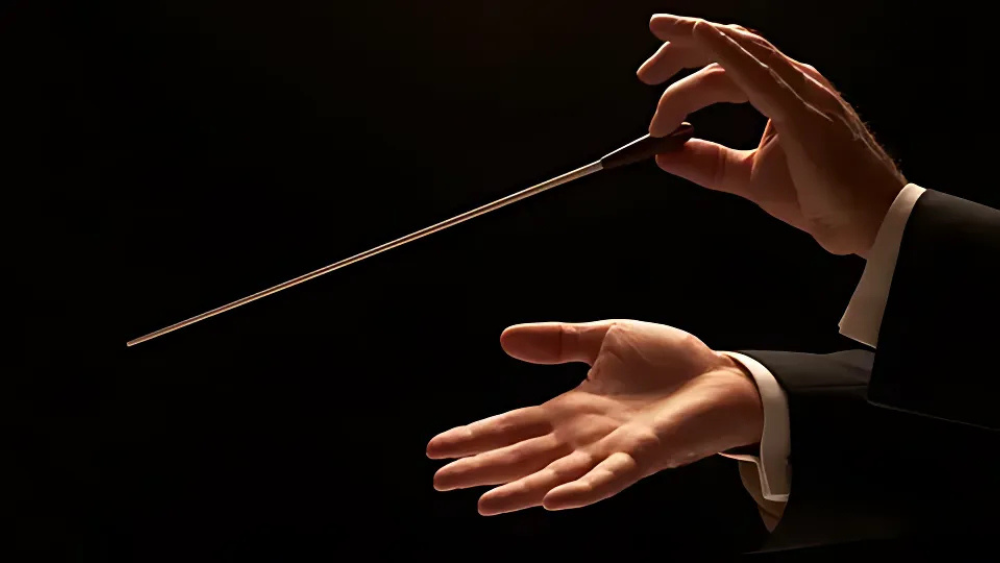Want to improve your body language and communication skills? Learn how to practice key gestures effectively with these tips and tricks. Perfect your non-verbal communication now!
Table of Contents
Introduction
Ever noticed how a simple gesture can change the entire vibe of a conversation? Whether it’s a firm handshake, a confident stance, or even a slight nod, gestures play a massive role in communication. But here’s the kicker — most of us aren’t even aware of how much we rely on these subtle movements! So, if you’ve ever wondered how to practice key gestures and fine-tune your non-verbal cues, you’ve landed in the right place.
In this article, we’re going to dive deep into the importance of gestures, how to practice them, and why mastering this skill can help you connect better with people. So, buckle up because it’s time to level up your communication game!
Why Gestures Matter

Let’s start with the big question: Why do gestures even matter? Well, think about it. Imagine meeting someone for the first time. They don’t smile, their arms are crossed, and they don’t make eye contact. Feels a little off, right? Now, imagine the same person smiling warmly, shaking your hand, and nodding as you speak. The difference? Gestures.
Gestures add layers to our words. They can:
- Emphasize a point – Ever noticed how politicians use hand movements to underline what they’re saying?
- Show confidence – A strong handshake or standing tall communicates self-assurance.
- Express emotions – Sometimes, a simple wave or shrug can say more than words.
Without even realizing it, we communicate with our bodies just as much as we do with our voices. The problem is that some gestures come off as awkward or misunderstood if not practiced or done naturally. That’s why learning to practice key gestures can be a game-changer.
Practice Key Gestures: Where to Start

Alright, now we’re getting to the juicy part. How do you actually practice key gestures? It’s not like you can just wave your hands in front of a mirror and call it a day. Here’s a breakdown of some gestures you should focus on and how to get them right.
The Confident Handshake
This one’s a classic. Whether you’re at a business meeting or meeting your friend’s parents, a firm handshake can leave a lasting impression. Here’s how to practice it:
- Grip, don’t crush – Your handshake should be firm but not so strong that the other person winces.
- Make eye contact – It’s all in the eyes! Look the person in the eye as you shake hands.
- One or two shakes – Keep it simple. Don’t overdo the shaking.
Practice tip: Practice with a friend or family member. Ask for feedback – is your handshake too limp or too strong? Adjust accordingly.
The Power Pose
Ever heard of the “power pose”? It’s all about exuding confidence. Standing with your feet shoulder-width apart and hands on your hips can make you feel and look more powerful.
- Stand tall – Keep your shoulders back and your chest out.
- Plant your feet – Feet should be grounded, shoulder-width apart.
- Hands on hips – This is a natural gesture that signals authority.
Practice tip: Try power posing in front of a mirror for two minutes before an important event. Trust me, you’ll feel more confident!
The Perfect Eye Contact
Making eye contact is another key gesture that’s often overlooked. Too much can feel intense; too little can make you seem disengaged. Here’s how to nail it:
- Aim for 50-60% – During a conversation, make eye contact about 50-60% of the time.
- Blink naturally – Don’t stare. Blink, smile, and look away occasionally.
- Practice with friends – Make a conscious effort to maintain natural eye contact during casual conversations.
Practice tip: Practice eye contact while watching yourself in the mirror. Notice how it feels when you’re holding eye contact for too long or too briefly. Adjust until it feels comfortable.
The Nod of Agreement
A subtle nod can show that you’re engaged in the conversation. It’s one of those small gestures that, when used correctly, can build rapport.
- Use it sparingly – You don’t want to look like a bobblehead!
- Combine with smiles – A nod combined with a smile gives off warmth and engagement.
- Lean slightly forward – This signals active listening.
Practice tip: Practice nodding in conversations with friends or even while listening to podcasts or videos. Notice how it feels to use this gesture in different contexts.
Benefits of Practicing Key Gestures

By now, you’re probably wondering what you stand to gain by practicing these key gestures. Well, here’s the lowdown:
- Improved Confidence – Mastering gestures can help you feel more self-assured in social situations. When you know you’re projecting confidence, it boosts your self-esteem.
- Better Communication – Non-verbal communication complements your words. Gestures add depth, making you more persuasive and charismatic.
- Stronger Connections – People are more likely to connect with you when you display positive body language. Whether it’s making eye contact or using a friendly nod, these gestures build rapport.
- Increased Awareness – When you become more aware of your gestures, you’re less likely to send mixed signals. This helps prevent misunderstandings in both personal and professional interactions.
How to Practice Key Gestures in Everyday Life
It’s one thing to practice in front of the mirror, but how do you apply these gestures in your day-to-day life? Here are a few tips:
- Be mindful – The first step is awareness. Pay attention to how you use gestures in different settings.
- Observe others – Notice how confident speakers use their hands, posture, and facial expressions. Try mimicking these gestures.
- Use feedback – Don’t be shy to ask friends or colleagues for feedback. They might notice habits you’re unaware of.
- Practice makes perfect – Keep practicing key gestures until they become second nature.
Conclusion
Mastering the art of body language doesn’t happen overnight, but the more you practice key gestures, the more natural they’ll feel. From handshakes to eye contact, these subtle movements can significantly boost your confidence and help you communicate more effectively. So, next time you’re preparing for a big meeting or a casual conversation, remember to practice key gestures and watch how they transform your interactions!
Ready to give it a shot? Start practicing today, and soon, you’ll be a body language pro!
How to Read People Like a Book: Learn to Read Others Easily!
Check Out Our Youtube Channel for Video Content
FAQs
1. How long does it take to improve gestures?
It depends on how often you practice, but most people see improvements within a few weeks of consistent effort.
2. Can gestures really make a difference in communication?
Absolutely! Gestures can enhance your words and make you seem more confident, engaged, and approachable.
3. Should I practice gestures even if I feel awkward?
Yes! It’s totally normal to feel awkward at first, but with practice, gestures will start to feel more natural over time.
4. Are there gestures to avoid?
Definitely! Avoid crossing your arms (it can seem defensive) or pointing fingers (it can come off as aggressive). Stick to open, relaxed gestures.
By: Ardansharma


